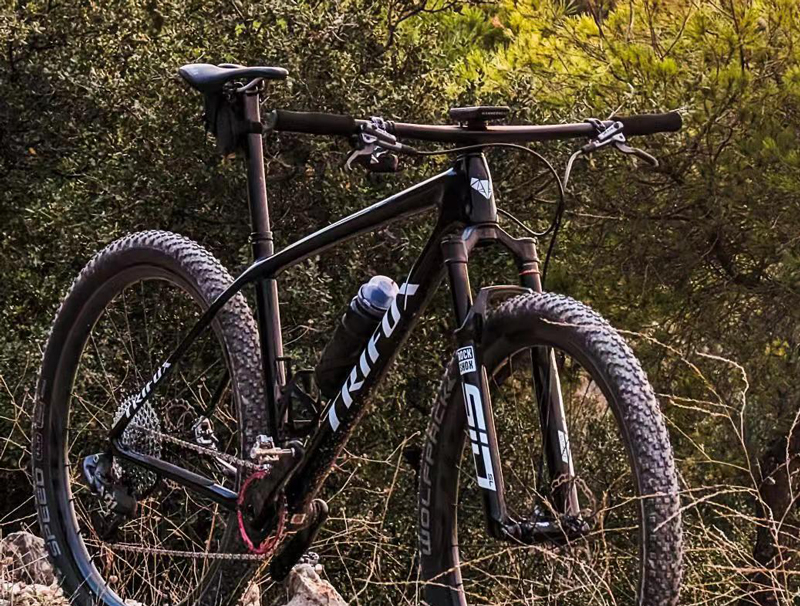
Choosing and installing the right bike bracket is crucial for ensuring optimal performance and safety on any cycling adventure. The bike bracket, often referred to as the bottom bracket, is a critical component connecting the bike's crankset to its frame, allowing for smooth and efficient pedaling. Selecting the appropriate bracket not only enhances the cycling experience but also prolongs the life of your bike. When choosing a bike bracket, compatibility is key. The first step is to identify the type of bike frame and components you have. Different frames require specific bracket types, such as threaded or press-fit, and understanding your bike's specifications is essential. Always refer to your bike's manual or consult with the manufacturer to ensure compatibility. For example, Trifox Bike, known for their high-quality carbon bike frames, provides detailed guidelines on the suitable brackets for each of their models, ensuring a perfect fit and maximum performance. Once you have identified the right bracket, installation is the next step. Here's a step-by-step guide to help you through the process: 1. Gather Tools: Ensure you have the necessary tools, including a bottom bracket tool, torque wrench, and grease. 2. Remove the Crankset: Begin by removing the pedals and crankset from the bike frame. This may require a crank puller tool depending on your bike model. 3. Clean the Frame: Thoroughly clean the bottom bracket shell to remove any debris or old grease that could affect the installation process. 4. Install the Bracket: Apply a light layer of grease to the threads, if applicable. Use the bottom bracket tool to carefully screw in the bracket, ensuring it is tight but not overtightened, as this can damage the threads. 5. Reattach the Crankset: Once the bracket is securely in place, reattach the crankset by reversing the removal process. Ensure all components are tightly secured. Common mistakes to avoid include neglecting to check compatibility, insufficient cleaning of the bracket area, and over-tightening the bracket, which can lead to damage. With expertise in the field, Trifox Bike offers a range of compatible bike brackets designed to work seamlessly with their carbon frames. Their commitment to quality ensures that each component meets high performance standards, providing cyclists with a reliable and efficient riding experience. By following these tips and steps, cyclists can confidently choose and install the right bike bracket, enhancing their bike's performance and longevity.
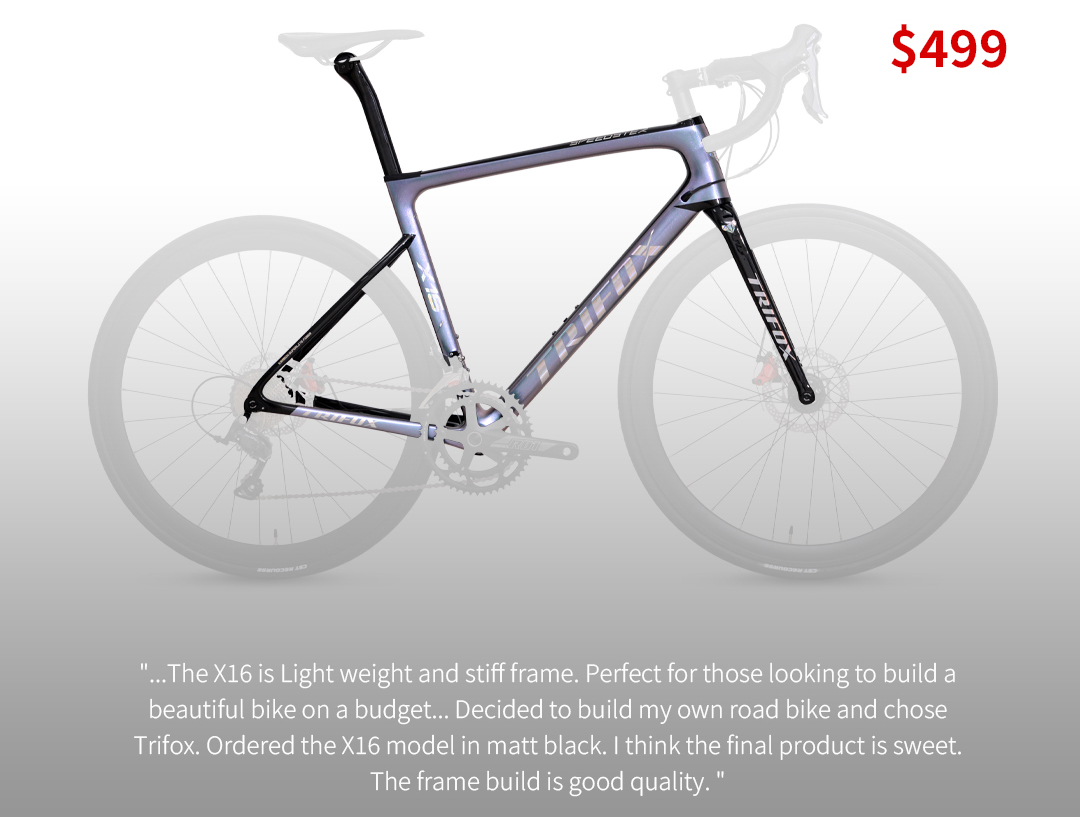
The world of cycling has evolved significantly, with advancements in technology bringing forth the era of fully carbon bicycles. These marvels of engineering offer a host of advantages that have revolutionized the cycling experience for both competitive cyclists and casual riders alike. One of the standout features of carbon bicycles is their incredibly lightweight nature. Made from carbon fiber, these bikes are significantly lighter than their aluminum or steel counterparts, allowing for easier handling and greater speed on the road. This reduction in weight translates into less effort required to pedal, making long rides more enjoyable and less taxing on the body. Durability is another key benefit of carbon bicycles. Despite being lightweight, carbon fiber provides a strong and resilient frame that can withstand the rigors of various terrains. This durability means that cyclists can tackle challenging trails with confidence, knowing their bike can handle the pressure without compromising structural integrity. Performance benefits are at the heart of why many cyclists opt for carbon bikes. The material's ability to dampen road vibrations leads to a smoother ride, reducing fatigue and enhancing comfort over long distances. This is particularly beneficial for road cyclists who aim to push their limits in terms of speed and endurance. In addition to personal advantages, using bicycles as a mode of transport offers significant environmental benefits. Bicycles are a zero-emission mode of transport, contributing to reduced carbon footprints and promoting a healthier planet. With increased awareness of environmental issues, choosing a bicycle over a car for short trips can make a tangible difference. Trifox Bike, a leader in the production of high-quality carbon bicycles, exemplifies the benefits of these innovative bikes. With a commitment to precision engineering and customer satisfaction, Trifox offers products that enhance the cycling experience through superior design and technology. Their dedication to quality and sustainability makes them a trusted choice for cyclists seeking the best in carbon bike performance. In summary, fully carbon bicycles offer unmatched advantages in terms of weight, durability, and performance, making them a worthwhile investment for any cycling enthusiast. Whether you're commuting to work or exploring new trails, a carbon bike transforms every ride into a more efficient and exhilarating journey.
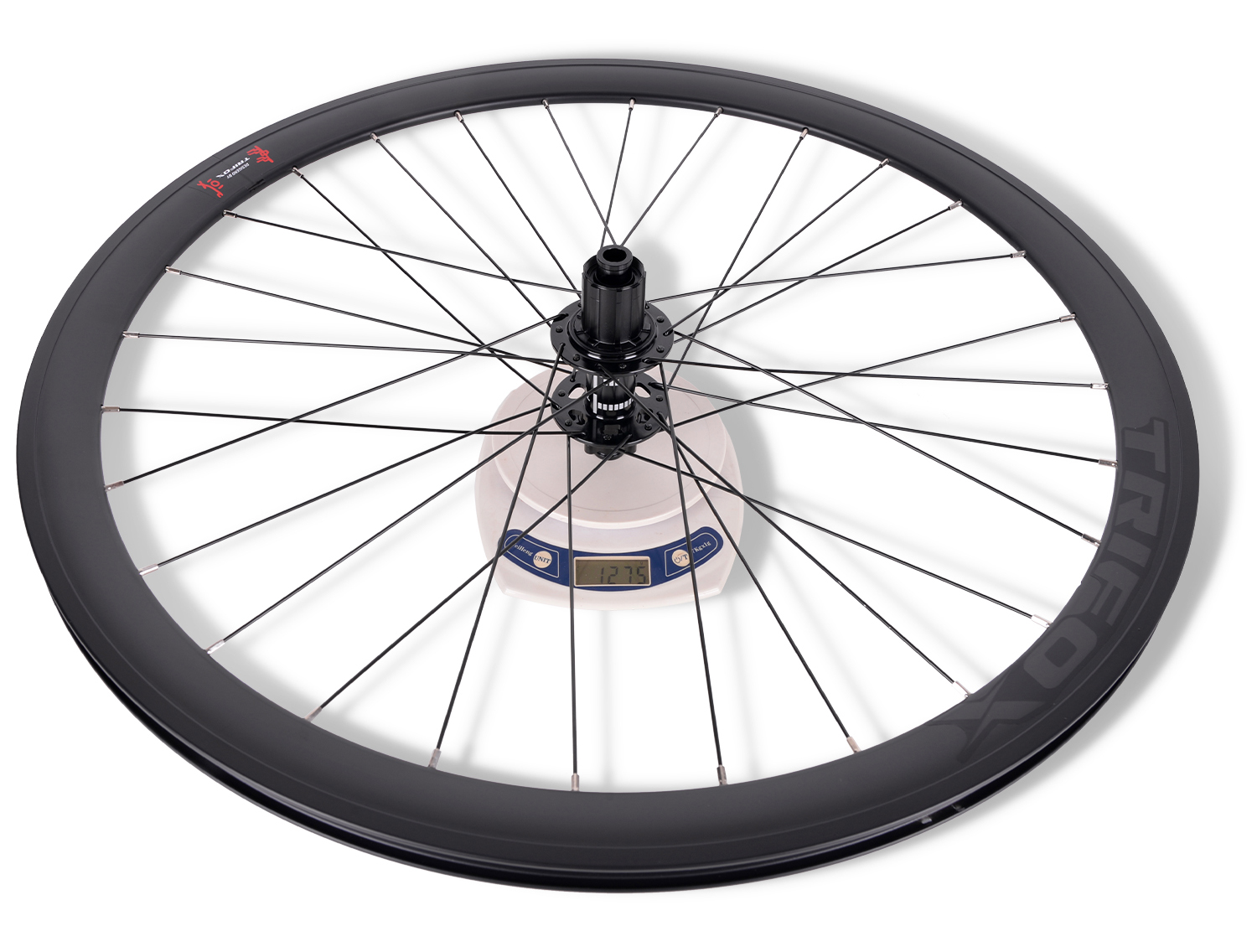
Upgrading your road bike's wheelset can significantly enhance your cycling performance, providing not only improved speed and efficiency but also better handling and ride quality. A well-chosen wheelset upgrade can be one of the most impactful modifications you make to your bike, transforming your riding experience. Benefits of Upgrading Your Wheelset: 1. Increased Speed and Efficiency: Lighter wheels reduce rotational weight, making it easier to accelerate and maintain speed. Aerodynamic wheelsets minimize air resistance, allowing for smoother, faster rides. 2. Enhanced Ride Quality: High-quality wheelsets offer better responsiveness and smoother handling. They can absorb road vibrations more effectively, leading to a more comfortable ride over long distances. 3. Improved Durability: Upgrading to a robust wheelset ensures greater reliability and longevity, especially crucial for riders tackling various terrains and conditions. Key Factors to Consider When Choosing a New Wheelset: 1. Material: Wheelsets are commonly made from carbon or alloy. Carbon wheels are lighter and more aerodynamic, ideal for competitive cyclists. Alloy wheels, such as those from TRIFOXBIKE, offer a great balance of performance and affordability, making them a favorite among many cyclists. 2. Rim Depth: Deeper rims provide aerodynamic benefits, making them suitable for flat terrains and time trials. However, they may be susceptible to crosswinds. Shallower rims are more versatile and handle better in varied conditions. 3. Spoke Count and Pattern: More spokes generally mean a stronger wheel, which is beneficial for heavier riders or rough terrain. The pattern and tension affect wheel strength and aerodynamics. 4. Compatibility: Ensure the new wheelset is compatible with your existing bike components, such as the cassette and brakes (rim or disc). Tips for Installation and Maintenance: 1. Professional Installation: Have your new wheelset installed by a professional or follow detailed instructions to ensure proper alignment and tension, which are critical for performance and safety. 2. Regular Maintenance: Keep your wheels clean and free of debris. Regularly inspect for any signs of wear or damage, and ensure spokes are properly tensioned. 3. Tire Pressure: Maintain optimal tire pressure for your new wheels to enhance performance and prevent flats. TRIFOXBIKE's alloy road wheels are an excellent example of a high-quality upgrade. Designed for reliability and performance, these wheels can elevate your cycling experience significantly. To explore TRIFOXBIKE's alloy road wheels and find the perfect fit for your cycling needs, visit their product page: TRIFOXBIKE Alloy Road Wheels. By carefully selecting and maintaining your upgraded wheelset, you can enjoy a substantial boost in your road biking performance, making every ride faster, smoother, and more enjoyable.
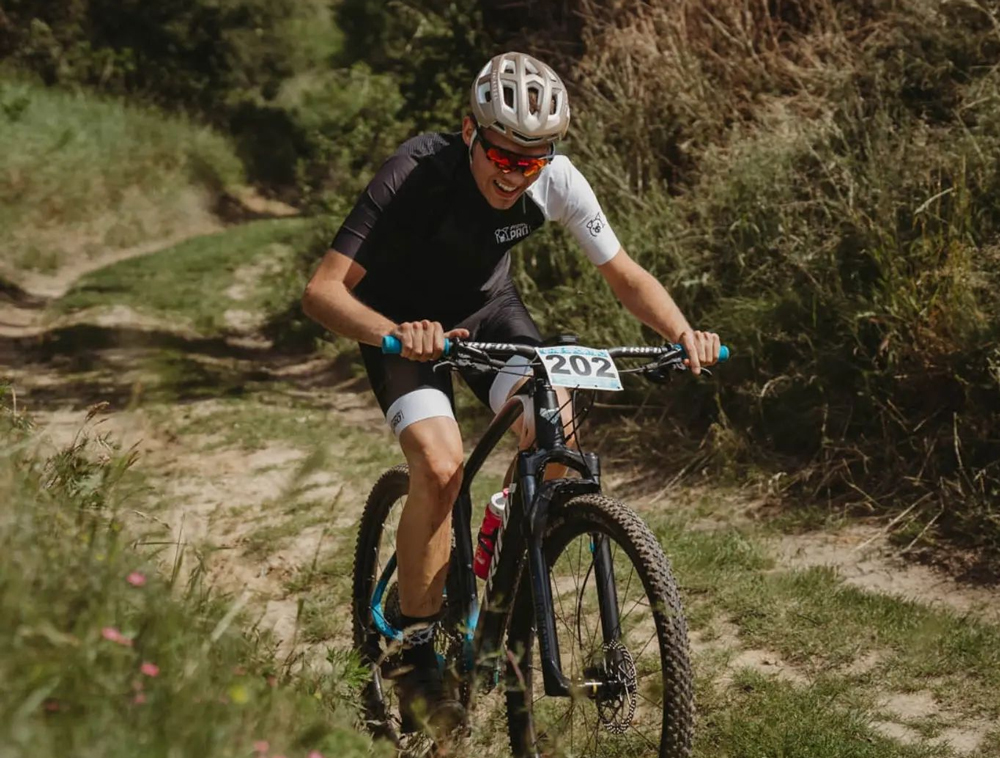
Maintaining MTB bike pedals is crucial for ensuring optimal trail performance and enhancing your overall mountain biking experience. As one of the most critical contact points between you and your bike, well-maintained pedals can significantly affect your ride's efficiency and safety. 1. Importance of Pedal Maintenance: Pedals endure a lot of stress during rides, from absorbing shocks over rough terrains to resisting dirt and moisture. Neglecting pedal maintenance can lead to inefficient power transfer, increased wear on components, and potentially hazardous riding conditions. Regular maintenance not only extends the lifespan of your pedals but also ensures smooth, reliable performance on the trails. 2. Steps for Cleaning and Lubricating Pedals: Cleaning: Begin by removing the pedals from the bike using a wrench. Gently clean the pedals with warm, soapy water and a brush to remove dirt and grime. Pay special attention to the pedal's body, axle, and cleat contact points. After cleaning, rinse thoroughly and dry with a soft cloth. Lubrication: Once clean, apply a suitable bicycle lubricant to the pedal's moving parts, particularly the bearings and any exposed metal surfaces. This helps reduce friction and protects against rust. Avoid over-lubricating, as excess oil can attract more dirt. 3. Checking Pedal Components for Wear and Tear: Axle Inspection: Check the pedal axles for any signs of bending or damage. A bent axle can lead to uneven pedaling and should be replaced immediately. Bearings: Spin the pedals to ensure the bearings are functioning smoothly. Listen for any grinding noises, which might indicate worn-out bearings needing replacement. Cleat and Platform Wear: Inspect cleats for wear, especially if you use clipless pedals. Ensure they engage and release smoothly. For platform pedals, check for worn-out grip surfaces that might affect traction. TRIFOXBIKE offers an impressive range of mountain bikes designed for durability and performance, making them an excellent choice for trail enthusiasts. Their bikes are engineered with high-quality components, ensuring that every ride is as smooth and efficient as possible. To explore TRIFOXBIKE's mountain bikes and elevate your trail experience, visit their product page: TRIFOXBIKE Mountain Bikes. Regular pedal maintenance is a simple yet effective way to enhance your mountain biking adventures, ensuring your pedals are always ready to tackle the toughest trails with confidence.
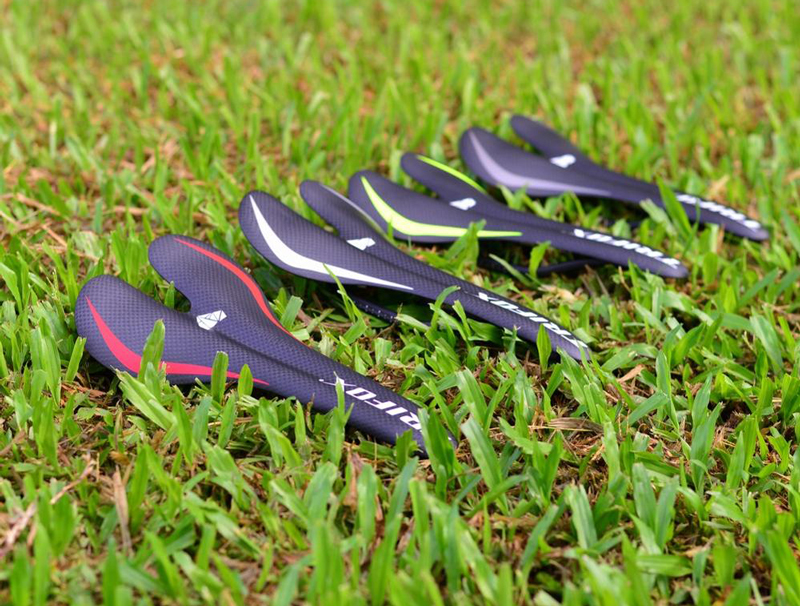
Selecting and adjusting your bicycle seat saddle is crucial for a comfortable and efficient ride, regardless of whether you're a casual cyclist or a competitive racer. A properly chosen and adjusted saddle can make a significant difference in your cycling experience by enhancing comfort and performance, preventing discomfort, and even minimizing the risk of injury. 1. Importance of Saddle Selection: Choosing the right saddle is about balancing comfort with performance. A saddle that matches your riding style and body anatomy can improve your pedaling efficiency and help you maintain a proper riding posture. The right saddle also alleviates pressure points, reducing the likelihood of numbness and discomfort during long rides. 2. Factors to Consider When Selecting a Saddle: Saddle Shape and Width: Consider the shape and width that best suits your anatomy. Wider saddles offer more support for casual riders, while narrower, elongated saddles tend to favor performance-oriented cyclists. Padding and Material: The level of padding and the material of the saddle affect comfort. Gel padding offers plush comfort, while foam provides a firm yet supportive ride. Carbon saddles, like those from TRIFOXBIKE, offer a lightweight option that balances support with performance benefits. Cut-out or Groove Design: Saddles with a cut-out or central groove help alleviate pressure on sensitive areas, enhancing comfort for long-distance riders. Riding Style: Your riding style—whether road cycling, mountain biking, or commuting—affects saddle choice. Road cyclists often prefer lightweight, minimalistic designs, while mountain bikers might opt for more robust, cushioned options. 3. Tips for Adjusting Your Saddle: Height Adjustment: Ensure the saddle height allows for a slight bend in the knee at the bottom of the pedal stroke. This promotes efficient power transfer and reduces strain on the knees. Fore and Aft Position: Adjust the saddle's horizontal position so that when the pedal is at 3 o'clock, your knee is directly over the pedal spindle. This balance aids in efficient pedaling and reduces muscle fatigue. Tilt Angle: A level saddle is generally best for most riders. However, slight adjustments can enhance comfort. A slight upward tilt may relieve pressure on the hands, while a downward tilt can ease lower back tension. TRIFOXBIKE offers an excellent example with their carbon bike saddle, designed for both comfort and performance. This saddle is crafted with lightweight carbon materials, offering a sleek design that enhances bike aesthetics and riding efficiency. To explore TRIFOXBIKE's saddle offerings, visit their product page: TRIFOXBIKE Carbon Bike Saddle. By carefully selecting and adjusting your bicycle saddle, you can transform your cycling experience, ensuring every ride is as comfortable and efficient as possible.

When it comes to upgrading your cycling components, a carbon seatpost is a fantastic choice for enhancing performance and comfort. Chinese manufacturers have become significant players in the cycling industry, offering high-quality carbon seatposts at competitive prices. Here's how to evaluate and choose the right Chinese carbon seatpost for your bike. 1. Benefits of Carbon Seatposts: Carbon seatposts are renowned for their lightweight properties, which significantly reduce the overall weight of your bike. This can enhance acceleration and climbing performance. Additionally, carbon's ability to absorb road vibrations results in a smoother and more comfortable ride, reducing fatigue on longer journeys. The flexibility of carbon also provides better shock absorption, which is particularly beneficial on rough terrains. 2. Key Factors to Consider: Weight and Strength: Look for a seatpost that balances weight with strength. While carbon is naturally lighter than aluminum, ensure the seatpost can withstand your weight and the demands of your cycling style. Diameter and Length: Ensure the seatpost's diameter matches your bike's seat tube and that the length is appropriate for your preferred saddle height. Clamp Design: A secure and easy-to-adjust clamp is crucial for maintaining saddle position and comfort. Look for designs that offer precise adjustments and a firm grip. Finish and Quality: Evaluate the quality of the carbon finish. A high-quality seatpost will have a uniform appearance without blemishes or imperfections that could compromise strength. 3. Tips for Choosing a Reliable Chinese Manufacturer: Reputation and Reviews: Research the manufacturer's reputation in the cycling community. Customer reviews and expert opinions can provide insights into the product's reliability and performance. Quality Assurance: Select manufacturers that offer quality assurance and adhere to international cycling standards. This ensures you're getting a product tested for safety and durability. Warranty and Support: A good manufacturer will provide a warranty and customer support, giving you confidence in your purchase. TRIFOXBIKE is an excellent example of a reliable Chinese manufacturer, renowned for their high-quality carbon seatposts. Their offerings are designed with precision, focusing on lightweight construction and durability to enhance cycling performance. With a range of sizes and designs, their seatposts cater to various cycling needs and preferences. To explore TRIFOXBIKE's range of seatposts and find the perfect match for your bike, visit their product page: TRIFOXBIKE Seatposts. By carefully evaluating your options and choosing a reputable manufacturer, you can enjoy the numerous benefits of a carbon seatpost, elevating your cycling experience to new heights.

Selecting the perfect XS frame road bike is crucial for cyclists who seek efficiency, comfort, and optimal performance. The frame size is one of the most important factors affecting how well you can ride, especially for those with smaller builds. Here's how to ensure you choose the right XS frame for an efficient ride. 1. Importance of Frame Size: The frame size directly impacts your cycling efficiency. An XS frame is designed to cater to shorter riders, offering better balance and control. A well-fitted frame ensures that your energy is effectively transferred to the bike, enhancing speed and reducing fatigue over long rides. Riding an incorrectly sized bike can lead to discomfort and inefficient pedaling, making size selection vital. 2. Tips for Choosing the Right XS Frame: Measure Your Inseam: Start by measuring your inseam to determine the correct standover height for the bike. This ensures you can comfortably mount and dismount the bike. Consider Reach and Stack: Ensure the reach (distance from the saddle to the handlebars) and stack (height of the handlebars) are appropriate for your height. This affects your riding posture and comfort. Test Ride: If possible, test ride different models to see which frame geometry feels most comfortable. Pay attention to how the bike handles and your ease of maneuverability. Consult Experts: Seek advice from cycling experts or bike shop professionals who can provide personalized recommendations based on your body dimensions and riding style. 3. Impact on Comfort and Performance: A properly fitted XS frame enhances comfort by reducing strain on your back and neck, allowing for better focus and endurance. It also improves performance by ensuring you can maintain an aerodynamic position, especially crucial for long-distance road cycling. An efficient ride means you can enjoy cycling longer and faster with less effort. TRIFOXBIKE offers an impressive range of XS frame road bikes that cater to the needs of smaller riders. Their bikes are designed with precision, focusing on lightweight materials and advanced ergonomics to ensure maximum efficiency and comfort. To explore TRIFOXBIKE's selection of road bikes and find the perfect fit for an efficient ride, visit their product page: TRIFOXBIKE Road Bikes. By choosing the right XS frame road bike, you can achieve a harmonious balance between speed, comfort, and performance, making your cycling experience both enjoyable and efficient.
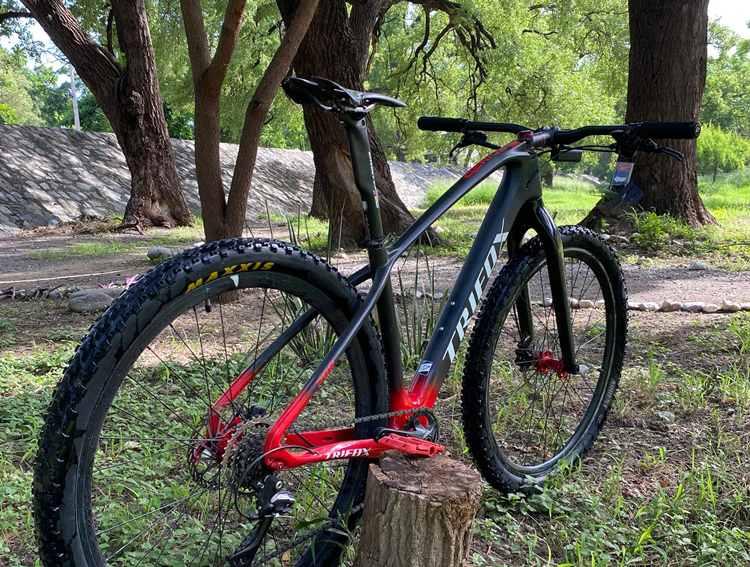
Choosing the right brand of mountain bike for your adventure needs can significantly impact your cycling experience, whether you're tackling rugged trails or exploring serene paths. Here are key factors to consider when selecting a mountain bike brand that will meet your adventure aspirations: 1. Durability: A reliable mountain bike brand should prioritize durability. Look for brands that use high-quality materials and robust construction methods to withstand the rigors of off-road cycling. Frames made from carbon fiber or aluminum offer a good balance of strength and weight, ensuring your bike can handle challenging terrains without compromising performance. 2. Technology and Innovation: The cycling industry is continuously evolving with new technologies. Select a brand that embraces innovation, offering modern features like advanced suspension systems, hydraulic disc brakes, and tubeless tire setups. These technologies enhance riding comfort, control, and safety, allowing you to tackle a variety of terrains with confidence. 3. Customization Options: Every cyclist has unique preferences and needs. Brands that offer customization options, such as adjustable components and a variety of frame sizes, allow you to tailor your bike to your specific requirements. Whether you prefer a more aggressive setup for downhill trails or a comfortable configuration for long rides, customization ensures your bike aligns with your adventure style. 4. Reputation and Reviews: Research the brand's reputation and customer reviews. Brands with a strong track record of producing reliable and high-performance bikes often provide better customer support and warranty options. Engage with online forums and cycling communities to gather insights from experienced riders about the brand's reliability and performance. 5. Price and Value: Consider the brand's price range and the value offered. While premium brands often come with a higher price tag, they typically provide superior technology and durability. Ensure the brand you choose offers a balance between cost and the features most important to you. TRIFOXBIKE is a brand that checks these boxes, offering high-quality mountain bikes engineered for adventure enthusiasts. With a focus on innovation and durability, their bikes are equipped with advanced features to enhance performance and comfort on any trail.
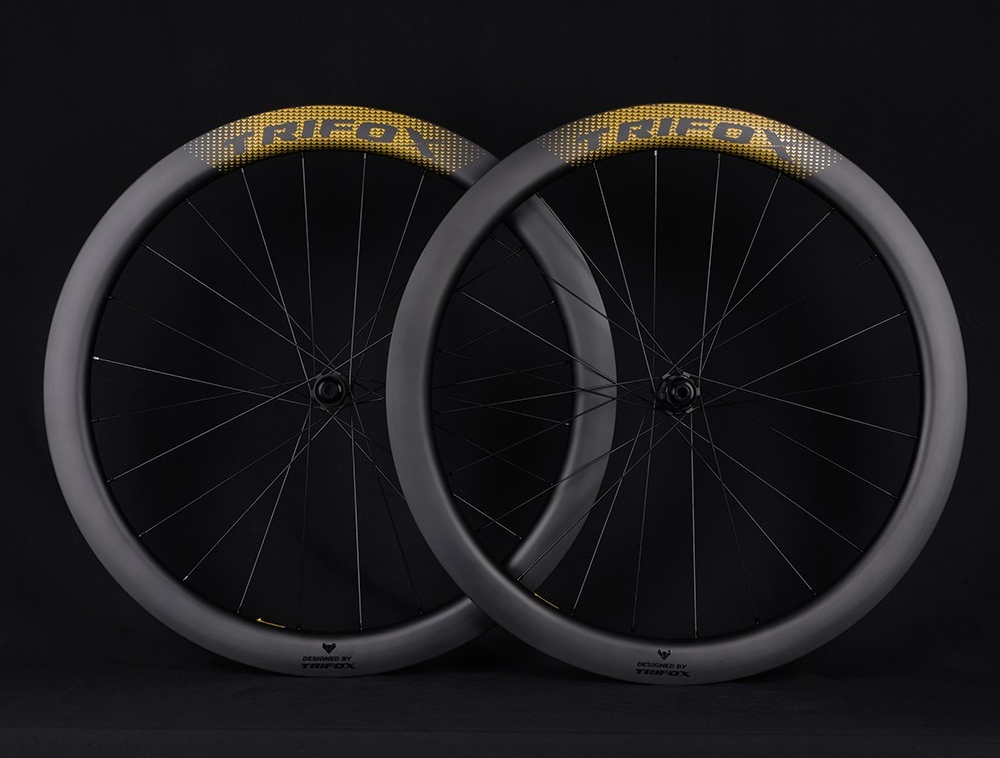
Choosing the best carbon rim brake wheels is essential for cyclists aiming to elevate their performance. Carbon wheels offer numerous advantages that can significantly impact your ride, providing a balance of speed, control, and durability. 1. Advantages of Carbon Rim Brake Wheels: Carbon wheels are prized for their lightweight properties, which enhance acceleration and climbing efficiency. The material's rigidity improves power transfer, ensuring that each pedal stroke propels you forward with minimal energy loss. Additionally, carbon's aerodynamic capabilities reduce drag, allowing for faster speeds on flat terrains and descents. This combination of lightweight and aerodynamic features makes carbon wheels ideal for competitive racing and long-distance rides. 2. Factors to Consider: When selecting carbon rim brake wheels, several factors should be considered: Weight: Lighter wheels reduce the rotational mass, improving acceleration and making the bike more agile. This is crucial in races where quick speed changes are necessary. Aerodynamics: Look for wheels with deep-section rims to reduce air resistance. This feature is particularly beneficial for time trials and flat courses. Braking Performance: Ensure the carbon wheels come with a high-quality braking surface. This is essential for rim brake systems to provide consistent stopping power, especially in wet conditions. Some carbon wheels feature textured braking surfaces to enhance grip. Durability: Carbon wheels should be robust enough to withstand the rigors of road cycling. Choose wheels that have been tested for impact resistance to ensure longevity. 3. Enhancing Cycling Performance: Carbon rim brake wheels can transform your cycling experience by providing a smoother, faster, and more efficient ride. The reduction in weight allows for quicker accelerations, while the aerodynamic design helps maintain high speeds with less effort. This efficiency is vital for endurance rides, where conserving energy can make a significant difference. TRIFOXBIKE's carbon road bike wheels exemplify these benefits. Designed with precision, they offer remarkable aerodynamics and lightweight characteristics tailored to enhance performance. Their wheels are crafted to ensure optimal power transfer and reliable braking, making them a superb choice for cyclists aiming to reach new heights in their performance. To explore TRIFOXBIKE's carbon road bike wheels and discover how they can enhance your cycling performance, visit their product page: TRIFOXBIKE Carbon Road Bike Wheels. Investing in high-quality carbon wheels can provide the edge you need to surpass your personal bests and achieve superior cycling performance.

















